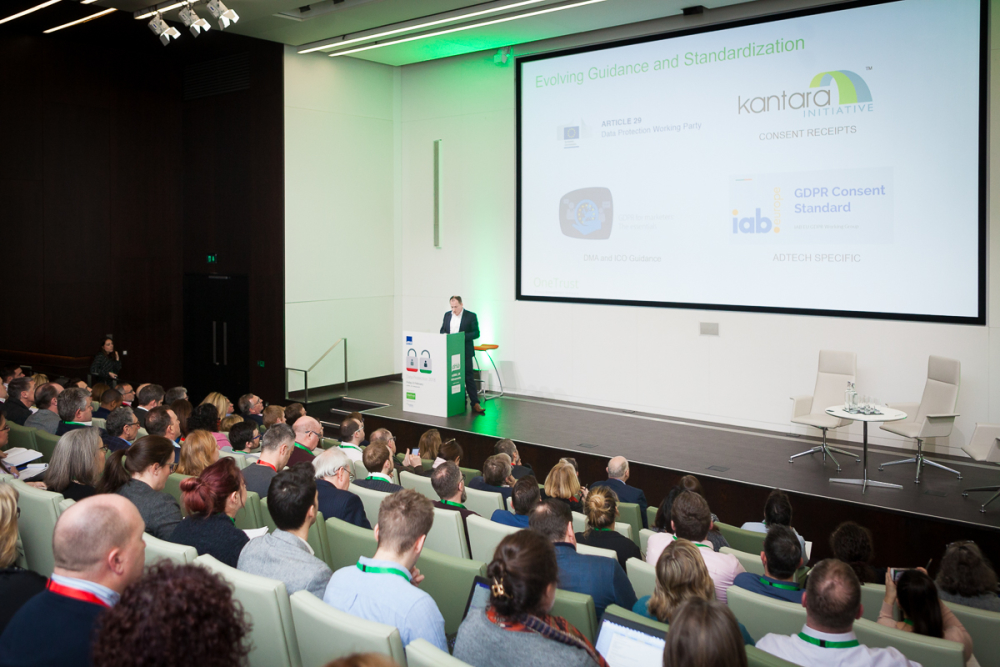DP2018: How to tackle consent and preference management under the GDPR
26 Feb 2018

Dave Horton is solutions engineering lead, EMEA, at DP2018 sponsor One Trust.
He took to the stage after our panel discussion to focus on consent under the GDPR: particularly to discuss when we need it, when we don’t need it, and how we implement it.
Consent is a marketing classic
Dave told delegates that doing consent well means putting the individual in control of their data. We must mirror, he continued, ICO (and DMA) guidance that puts the consumer first: “It’s about empowerment.”
However, he conceded that some companies seem reluctant to trust consent – despite it being one of six ways to legally process data. And despite the clear description of consent under the GDPR as shown in Article 4(11).
“Consent must be freely given, specific and informed”, Dave continued. Obtained consent shows marketers that an agreement exists to process data.
Freely given. Specific. Informed.
Under the GDPR, Dave reminded our delegates, wording and terminology matter. In that sense consent is not a concept, it is a legal instrument. And it needs to be thoroughly recorded by any responsible marketer.
The challenge of demonstrating consent, Dave continued, is one that must be tackled if marketers are to future-proof their businesses. Marketers must show who consented, when they did so, what they were told at the time of giving the consent and how they consented.
Dave closed on thoughts around automating consent – can it ever become an on / off switch? – and how consent management tools and innovative approaches to preference management will be areas that savvy marketers investigate in order to benefit from the GDPR.
Click here for more Responsible Marketing and GDPR resources from the DMA
Please login to comment.
Comments